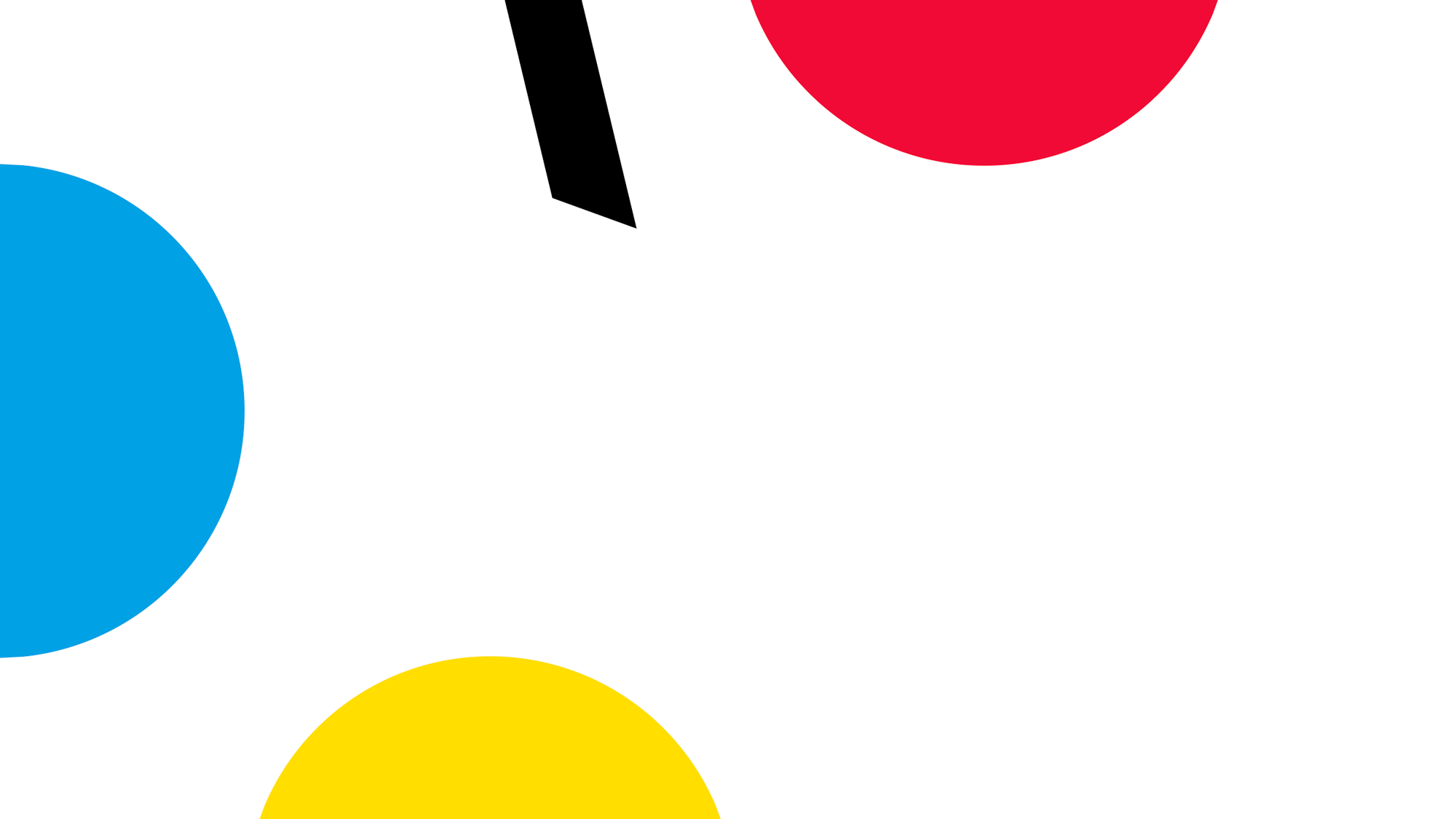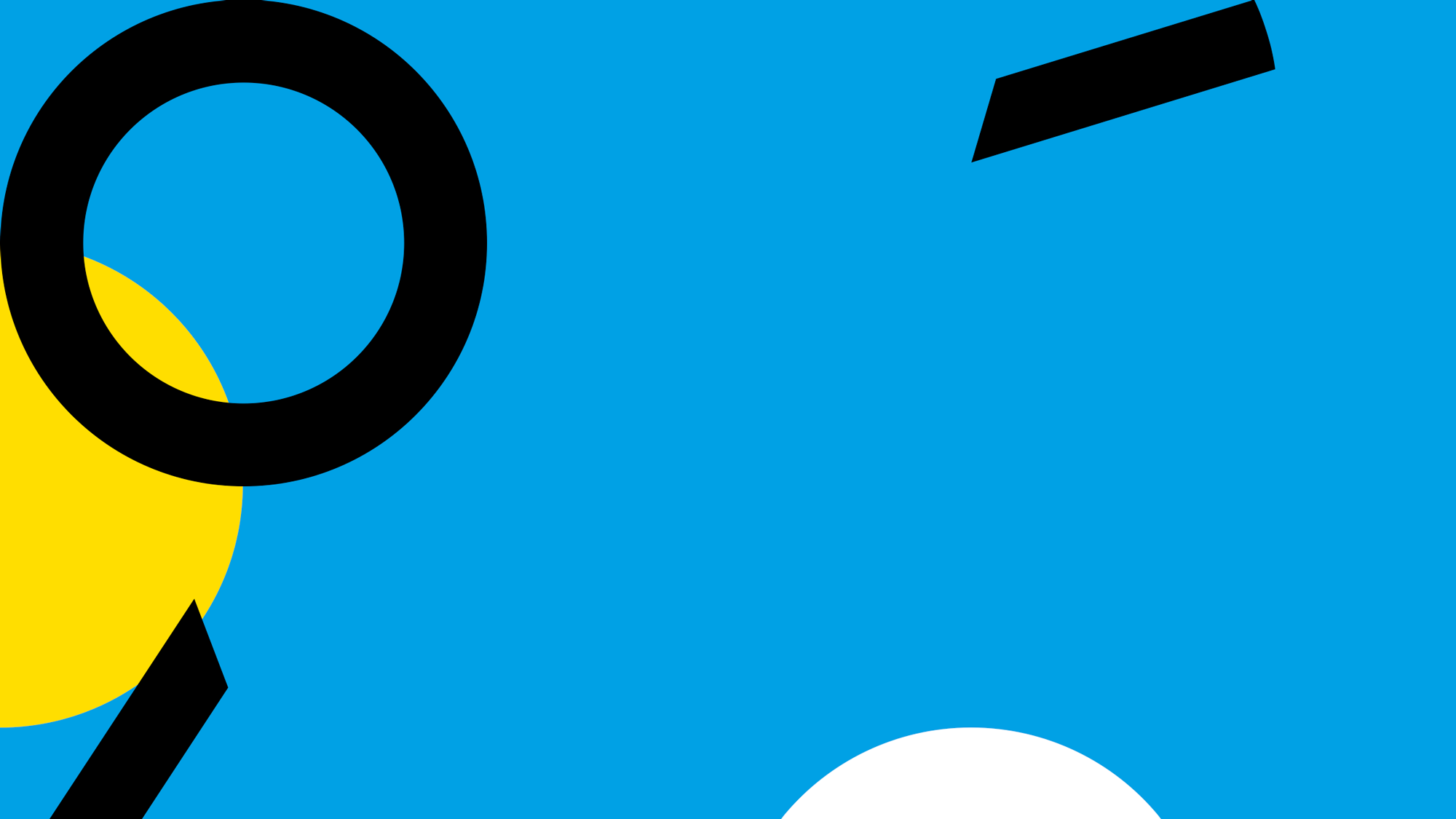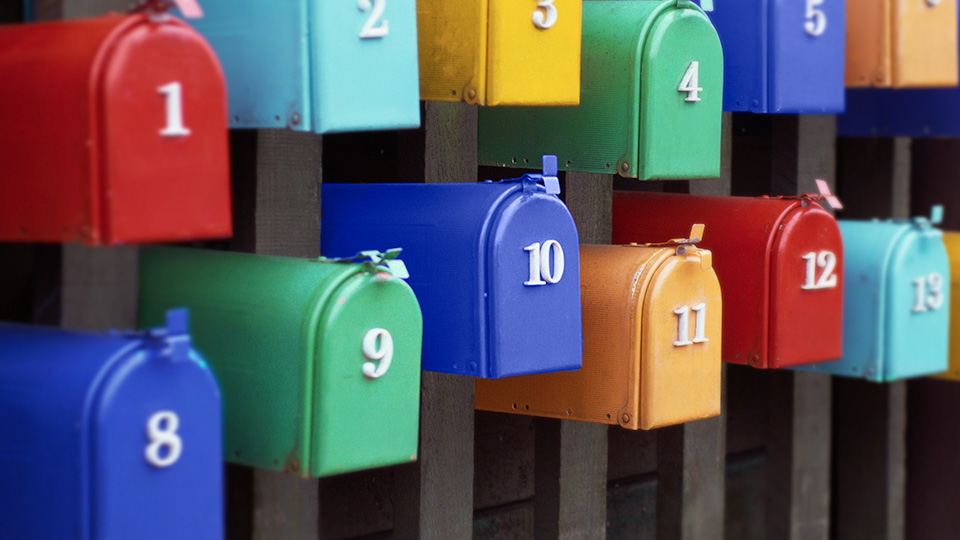Last year, the Texas-based grocery store chain H-E-B ran into a frustrating snag in creative content production — time.
There simply wasn’t enough of it. When a new product or line was set to launch on a specific date, it was available on that date, but not an hour before.
“We couldn’t promote those products because we couldn’t get them in time to even shoot photography,” said Maureen O’Donoghue, H-E-B’s director of creative services.
We couldn’t promote those products because we couldn’t get them in time to even shoot photography.
Maureen O’Donoghue
H-E-B’s director of creative services
It’s a common challenge in retail. The need for content, product images and packaging keeps moving earlier and earlier in the marketing process — often well in advance of samples or physical products being available. And the pandemic’s supply chain disruption hasn’t helped. If product is sitting in a backlogged shipping container, it simply can’t be photographed.
The solution for H-E-B? Computer-generated imagery (CGI), the same visual technology used to bring the Avengers to life on the big screen. It’s increasingly being used in photo production for faster, scalable asset creation. For marketers, it means more opportunities to inspire consumers.
Is it a photo or CGI?
Quad Studios had been shooting product photography for H-E-B for years. When O’Donoghue shared her bottleneck problem with Devin Fisher, senior director of Quad Studios, he suggested using CGI instead of production sets.
“CGI allows us to recreate products and packaging digitally so we can meet our client’s content and production needs when they need it,” Fisher said. “Now we have visual representations of H-E-B’s products for their website before they roll out on the shelves.”
An added bonus: The client can reuse the digital assets, available in 3D, for video, print or online.
CGI appears so natural it can be indistinguishable from photography. That furniture arranged in a sun-washed room — is it real or CGI? Or those newly released products promoted on a grocery website. Photos or images built on a computer screen?
“It’s impressive how far CGI has come and how quickly it happened,” said Brandon Bullis, director of Quad’s CGI studio in Charlotte, N.C., one of four Quad U.S. studios. “Great CGI artists can create something and put a photo of the exact same thing next to it. Chances are you couldn’t tell the difference.”
Building a CGI image begins with a reference photograph, Bullis explained. There’s geometry and precision involved in creating the 3D image. The final asset stands on its own or complements existing images seamlessly.
“To accurately model something, we need to see what it looks like,” he said. In some cases, it starts with CAD files, technical line drawings or instruction manuals for reference. Other times, it’s more simple.”We’ve built models, believe it or not, off of a photo taken by someone on the manufacturing line who snaps a couple of pictures on their phone. With rough measurements we can build it out from there.”
Proving out the ROI for CGI
The benefits of CGI over traditional photography come down to reduced time and lower costs. Simplifying the process, reducing production schedules and lowering creative costs helped Maureen O’Donoghue, H-E-B Director of Creative Services, prove the ROI to leadership.
No more waiting on product
Like H-E-B, retail businesses may not have physical product samples, nor the time to wait through production or shipping delays. Eliminates shipping logistics. Imagine a landscape retailer needs images of 40-pound bags of a full line of grass seed and fertilizer for their website or marketing materials. Shipping pallets of product is expensive, the samples need to be stored and product damage can lead to delays. CGI eliminates all these drawbacks.
Zeros out costs
Major furniture, fixture or appliance retailers may spend up to $20,000 for kitchen, bathroom or living room sets. And when a shoot is finished, they either modify the sets for other uses or dismantle. CGI rooms are built virtually, and can easily be changed — new wall colors, windows or flooring — with no material costs.
Streamlines production
Multiple SKUs can be easily scaled with CGI. It’s much simpler and cost effective to use the same model and switch out colors, textures or packaging than to shoot multiple products on set.
Eliminates location work
All the logistics that come with photographing outside the studio may be eliminated. During the pandemic, when many physical studios were forced to shut down, Quad’s Brandon Bullis said companies that hadn’t been using CGI began experimenting out of necessity, and quickly realized CGI’s benefits.
CGI’s future in marketing
CGI’s uses in marketing are growing quickly. Many CGI studios are popping up to help meet the need of creating more content faster.
“It’s like the Wild West out there in terms of CGI competition,” Fisher noted. “Where Quad stands out — we’ve mastered the process, offer creative services to clients and work continuously around the clock using our studios in Poland, Hong Kong and India.”
Ultimately, CGI is judged by the creative assets that put products in their best light while helping marketers overcome creative production challenges. As H-E-B’s O’Donoghue explained, “We’d never achieve what we want to without CGI, and we’re using it to get ahead.”
Looking for the latest tech solutions to scale your content? Let us know and we’ll put a content specialist in touch with you.



